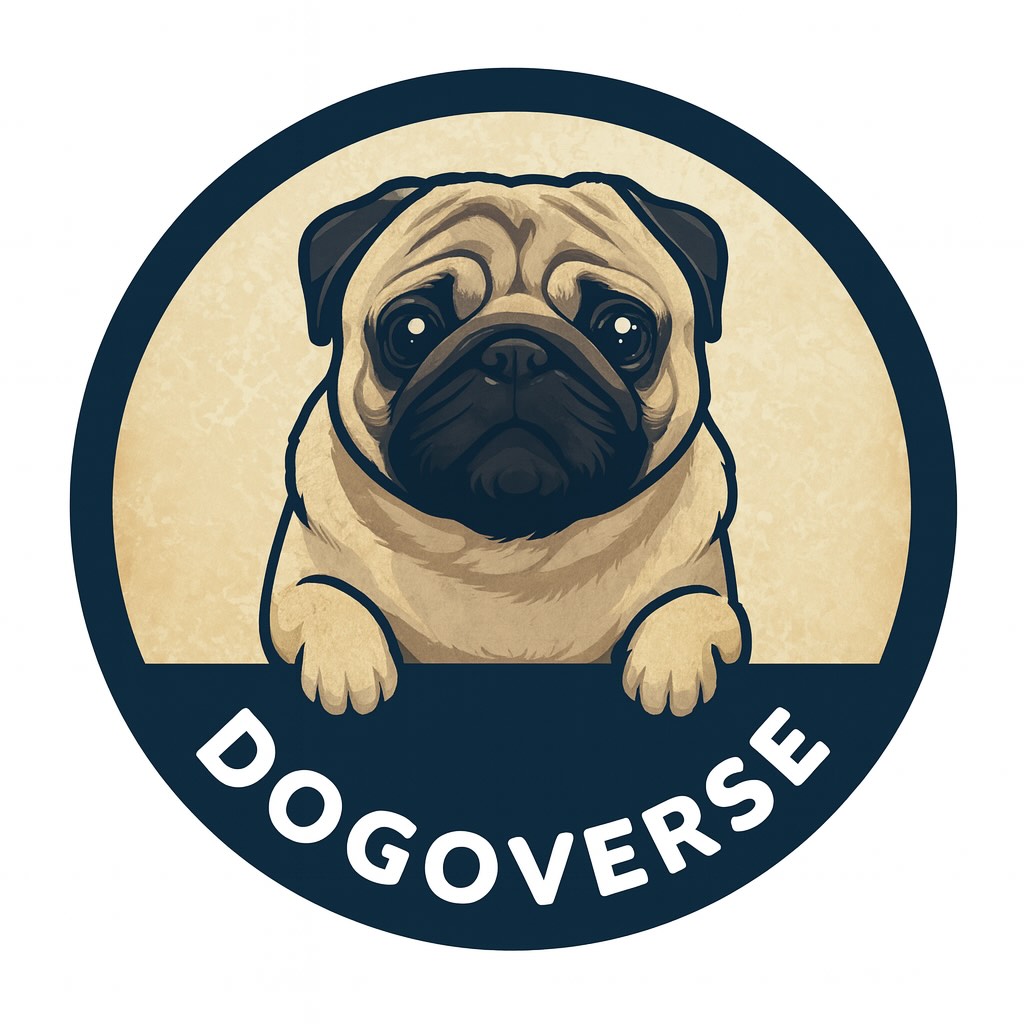🐶 Female Heat • Pregnancy Care • Neutering & Spaying
Clear, practical tips you can use right away. Short do’s, don’ts, red flags, and when to call your vet.
🌸 Female Dog in Heat Guidelines
Basics
- First heat usually between 6–12 months (small breeds earlier; large/giant later).
- Cycle lasts about 2–3 weeks. Expect swelling of vulva and spotting in the first half.
- Keep her away from male dogs; never off-leash outdoors during heat.
Signs
- Swollen vulva, bloody discharge that lightens over time.
- Frequent urination, restlessness, flagging tail, extra affection or irritability.
- Changes in appetite and energy are common.
Care — Do
- Use dog diapers indoors during heavy days; change often to prevent rashes.
- Choose quiet walks at odd hours; avoid dog parks.
- Offer enrichment at home: chew toys, sniff games, short training.
- Keep bedding clean; wipe with lukewarm water if soiled.
Avoid — Don’t
- No off-leash time; males can approach from far away.
- No swimming in public water during active bleeding.
- Do not punish mood changes; give space and calm handling.
- Avoid long strenuous exercise in hot weather.
Red Flags (call your vet)
- Very foul-smelling discharge, pus, lethargy, fever, vomiting.
- Bleeding lasts beyond 3 weeks or is excessively heavy.
- Straining to urinate or severe pain on touch.
Cycle Phases (simple)
- Proestrus: 7–10 days — swelling and bloody discharge.
- Estrus: 5–10 days — fertile window; discharge often straw-colored.
- Diestrus/Anestrus: rest phase until next cycle.
🤰 Pregnancy Care
Timeline
- Gestation is about 63 days (9 weeks) from ovulation; mating date is only an estimate.
- Weeks 1–3: few changes; keep routine gentle and steady.
- Weeks 4–5: appetite rises; vet may confirm pregnancy by scan.
- Weeks 6–7: clear growth; build whelping box; increase rest.
- Weeks 8–9: nesting, milk may appear, body temperature may drop before labor.
Nutrition
- Feed a high-quality, easily digestible diet; frequent small meals in late pregnancy.
- Switch to energy-dense “puppy” diet from mid-pregnancy if advised by your vet.
- Always provide fresh water; avoid sudden diet changes.
- Supplements only if prescribed (calcium and iron are not routine without vet advice).
Exercise & Comfort
- Short, gentle walks daily; avoid jumping, stairs, and rough play.
- Cool, quiet sleeping area; non-slip flooring around the whelping box.
- Keep vaccinations and deworming up to date as per vet plan.
Whelping Prep
- Whelping box with washable bedding and a safe heat source for pups.
- Keep vet’s number handy; know the nearest 24×7 clinic.
- Record temperature twice daily in the last week if your vet suggests it.
Emergency — Call Vet Now
- Green/black discharge before any pup is delivered.
- Strong contractions for 20–30 minutes with no pup.
- More than 2 hours between pups with straining.
- High fever, seizures, collapse, or severe pain at any time.
After Birth (first 48 hours)
- Offer water and small meals; allow frequent nursing.
- Monitor pups for warmth and steady weight gain.
- Watch mom for mastitis signs: hot, painful mammary glands, fever, refusal to nurse.
🩺 Neutering & Spaying
What it means
- Spaying removes ovaries (and often uterus) in females; neutering removes testicles in males.
- Helps prevent accidental litters and certain health issues.
Benefits
- Females: prevents pyometra (uterine infection) and greatly lowers mammary tumor risk when done before or around first heat per vet advice.
- Males: prevents testicular cancer; can reduce roaming and some hormone-driven behaviors.
Best timing (talk to your vet)
- Small/medium breeds: often around 6–9 months.
- Large/giant breeds: sometimes 12–18 months to allow joint growth; individualize with your vet.
- Shelter and population settings may prioritize earlier timing to prevent litters.
Before surgery
- Pre-op exam and blood tests if advised; fasting per clinic instructions.
- Arrange a calm recovery space at home with a clean bed.
After surgery care
- Use an e-collar or recovery suit to prevent licking the incision.
- Short leash walks only; no running or stairs until cleared.
- Check the incision daily for redness, swelling, discharge, or odor.
- Follow pain-medication schedule exactly; no human painkillers.
When to call the vet
- Persistent vomiting, not eating, fever, extreme lethargy.
- Incision opens, bleeds, or oozes pus; foul smell.
Every dog is different. Your vet will balance health, behavior, and growth to choose the right time and approach.
This page is general guidance and not a substitute for professional veterinary care.
